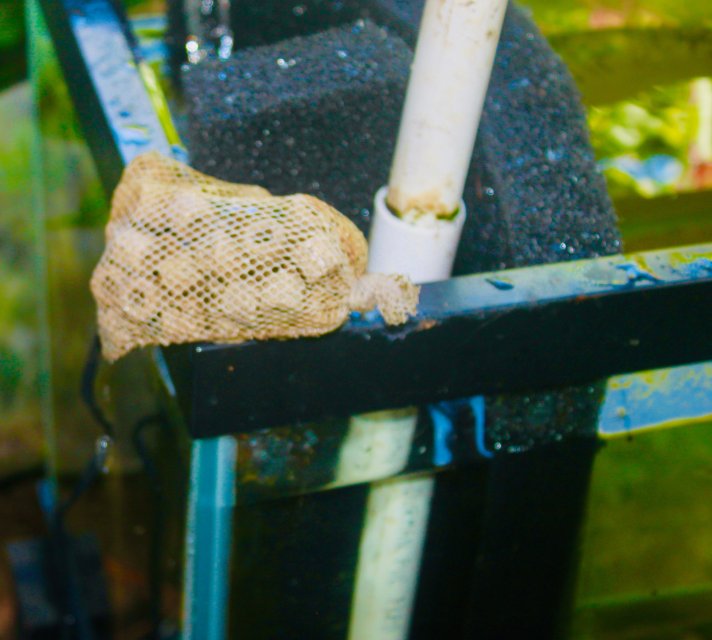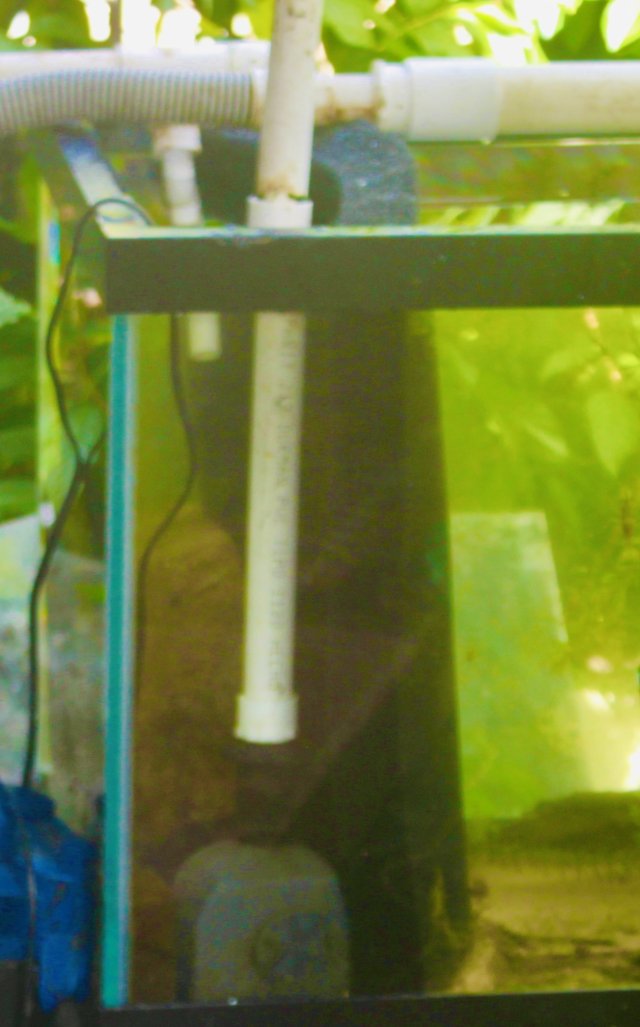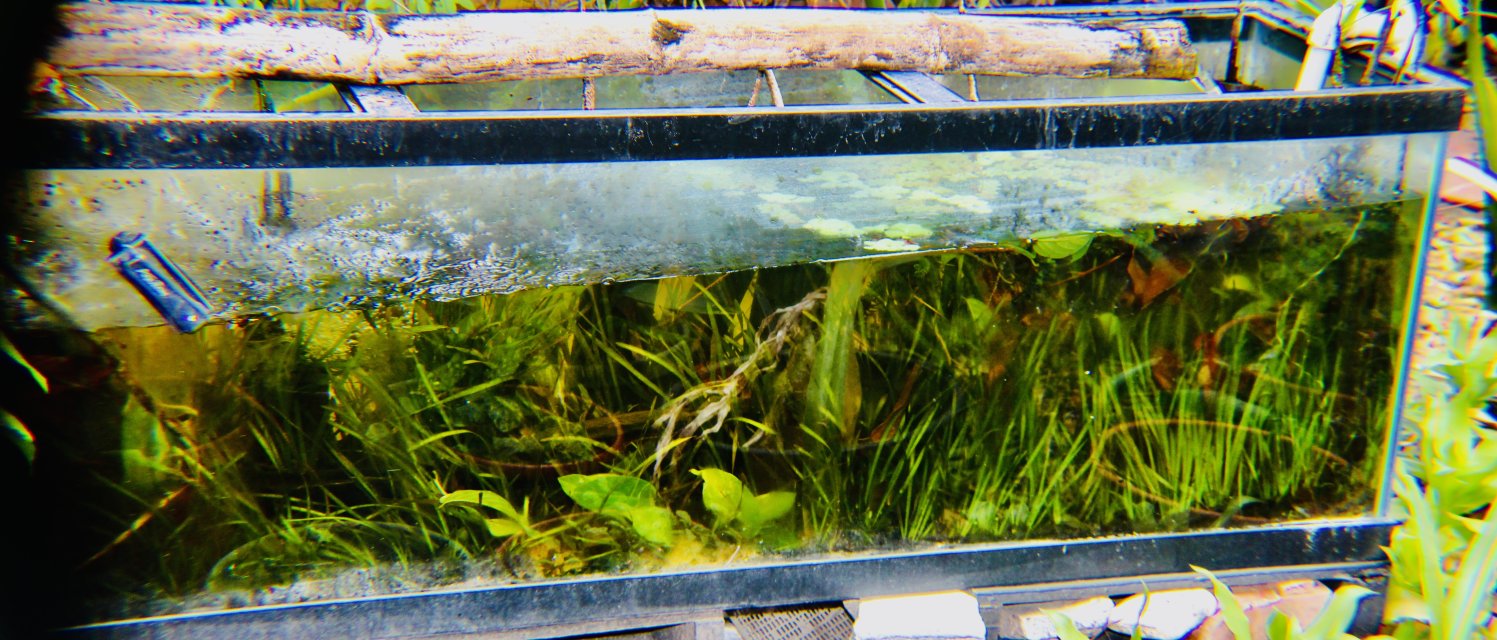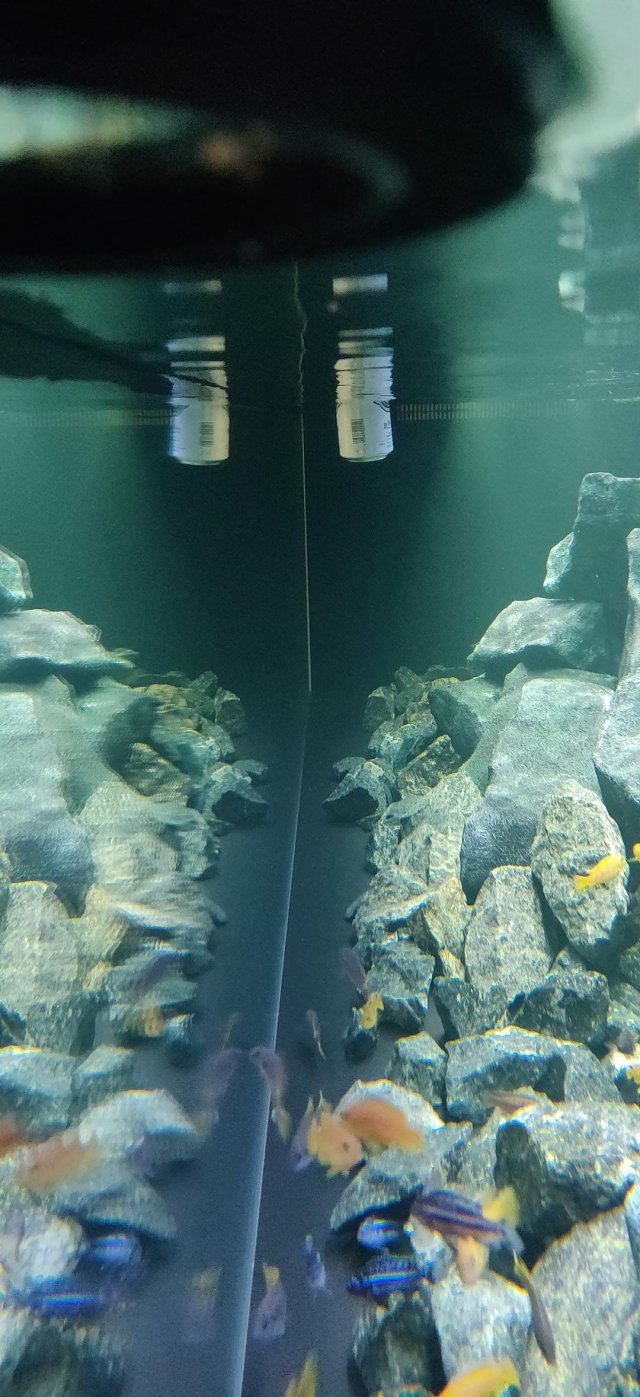I would consider using mechanical filtration.
Regarding nitrogen: fish excrete about 85% of it through their gills as NH₄⁺ (ammonium), along with approximately 50% of phosphorus. Most of the remaining waste quickly ends up in the water as well. It's helpful to remove uneaten food and feces, but it's much easier—and healthier for the tank—to avoid overfeeding in the first place. Cleaning or replacing mechanical media can be effective, but only if done shortly after feeding.
Nitrification is relatively easy to establish, but it plays only a small role—in both process and footprint—within the broader waste breakdown system.
Personally, I don't clean my filtration. The distinction between "mechanical" and "biological" filtration is a bit misleading anyway—biological media often does a better job of keeping the water visually clear. If there's enough media, the size of the bacterial colony is limited by available nutrients, not by surface area. But this depends on having real surface area—not the overhyped “tiny internal pores smaller than bacteria.”
If I were in your position, I’d use fluidized media in most of the sump, with sponges at the end. Add a drip water change system, and use an inline copper-selective resin if copper becomes an issue. Don’t waste valuable filter space on anything else, especially with a high fish load.
Regarding nitrogen: fish excrete about 85% of it through their gills as NH₄⁺ (ammonium), along with approximately 50% of phosphorus. Most of the remaining waste quickly ends up in the water as well. It's helpful to remove uneaten food and feces, but it's much easier—and healthier for the tank—to avoid overfeeding in the first place. Cleaning or replacing mechanical media can be effective, but only if done shortly after feeding.
Nitrification is relatively easy to establish, but it plays only a small role—in both process and footprint—within the broader waste breakdown system.
Personally, I don't clean my filtration. The distinction between "mechanical" and "biological" filtration is a bit misleading anyway—biological media often does a better job of keeping the water visually clear. If there's enough media, the size of the bacterial colony is limited by available nutrients, not by surface area. But this depends on having real surface area—not the overhyped “tiny internal pores smaller than bacteria.”
If I were in your position, I’d use fluidized media in most of the sump, with sponges at the end. Add a drip water change system, and use an inline copper-selective resin if copper becomes an issue. Don’t waste valuable filter space on anything else, especially with a high fish load.






